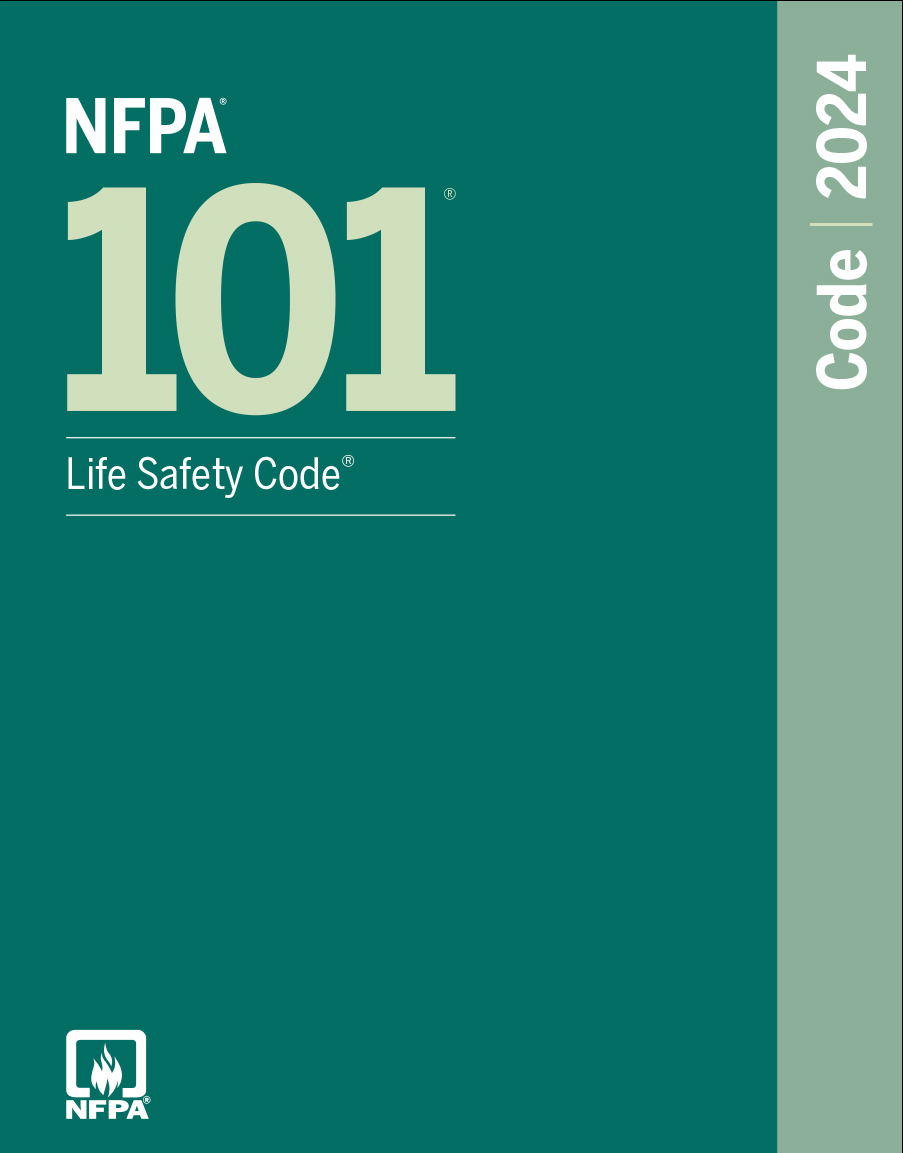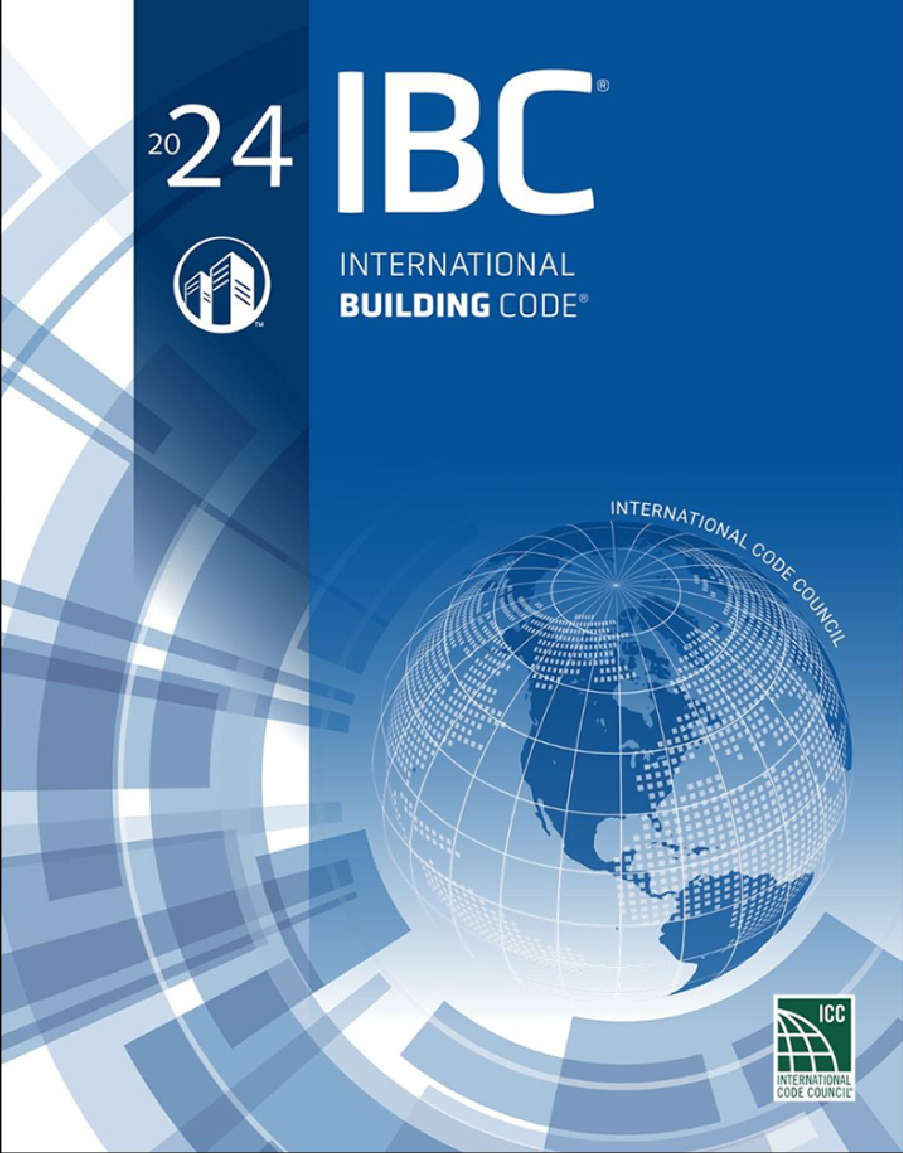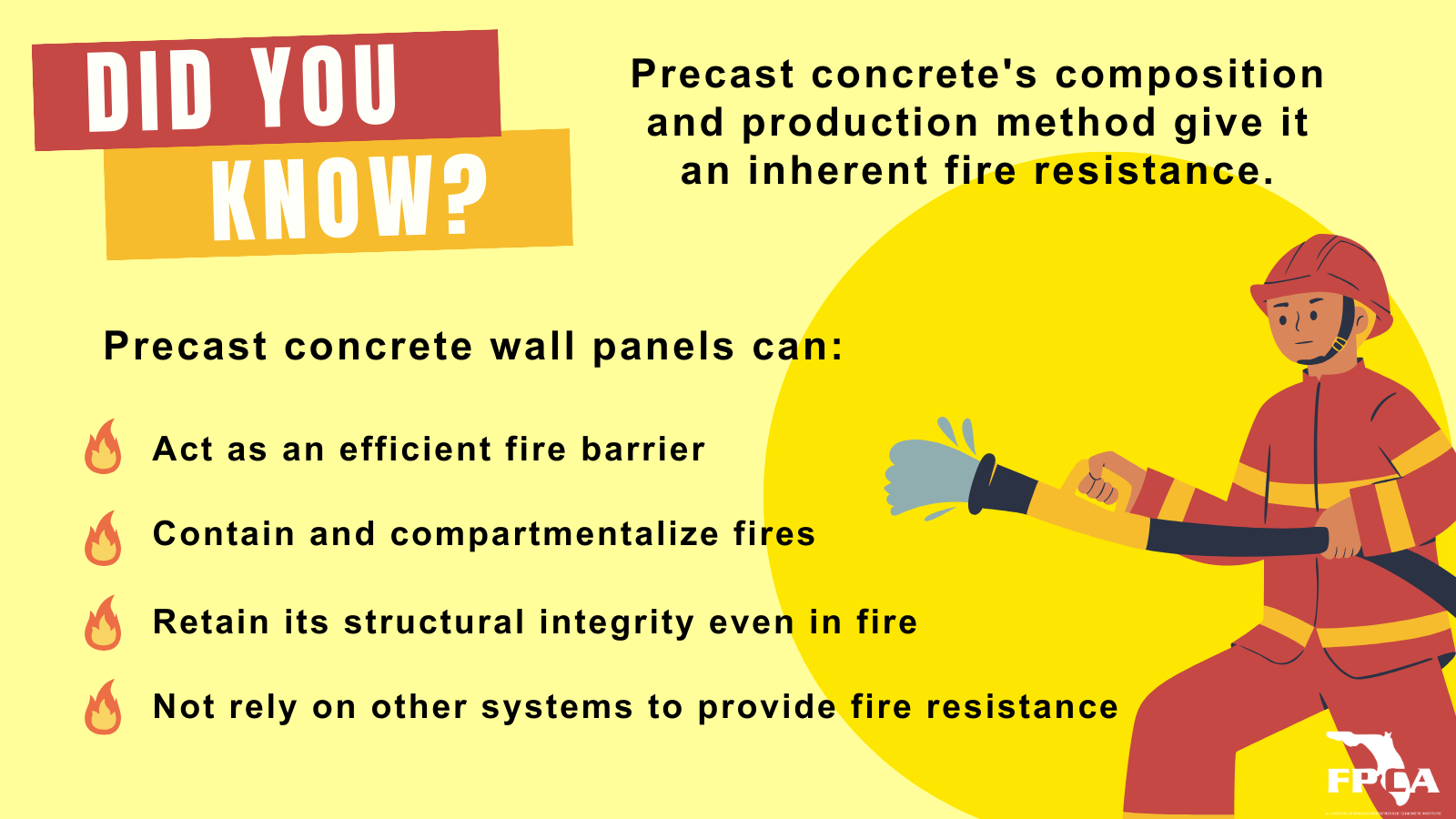When it comes to building design, fire resistance must come first to guarantee occupant safety. This blog examines how precast concrete panels can significantly improve fire safety.
The Basics of Precast Concrete Panels
The use of precast concrete panels, essential to modern buildings, has completely changed how structures are constructed. These panels are produced off-site and have many applications and designs. To ensure constant quality, the technique requires casting concrete in controlled settings. Their diverse shapes, such as sandwich panels and architectural cladding, provide architects and builders greater freedom to execute their visions.
Precast concrete panels are aesthetically pleasing but have exceptional toughness and longevity. The benefits include:
-
Design Versatility: A vast array of shapes, textures, and finishes are available to architects and designers using precast concrete panels.
-
Consistent Quality: Precast panels are made in regulated conditions to guarantee consistency and excellent quality.
-
Time Efficiency: Precast panels are produced off-site and come ready for installation, which minimizes the amount of manpower and time needed on-site. This speeds up the construction process.
-
Durability and Resilience: Precast concrete panels are incredibly strong and resilient, giving buildings resistance against deterioration and environmental influences over time.
-
Economic Benefits: Precast panels are an economically sensible option for building design since they save money through speedier construction, less work required on-site, and long-term durability.
Knowing the fundamentals of precast concrete panels is essential to realizing their essential role in contemporary building, particularly in strengthening structures against the difficulties posed by fires. This includes both precast structural elements and precast façade systems.
Fire Resistance in Building Design
Setting fire resistance as a top priority in building design is essential to guaranteeing the longevity and safety of buildings. Integrating fire-resistant materials into construction methods is crucial due to the substantial threat that fire poses to both lives and property.
It takes an acute awareness of potential obstacles to navigate the complex terrain of building fire risks:
-
Compromised Structural Integrity: Building materials can be weakened by fire, which risks the entire structure’s structural stability.
-
Hazards of Smoke Inhalation: Smoke inhalation affects residents and makes evacuation more difficult. It also causes serious health hazards.
-
Fast Flame Spread: An uncontrolled fire can spread quickly, increasing the risk and reducing the time available for action.
-
Obstruction of Escape Pathways: A fire may damage or obstruct escape pathways, making a safe evacuation more difficult.
-
Property Damage: Fires cause a great deal of damage to property, affecting both expensive items and structural components.
Understanding fire resistance’s function in building paves the way for a more thorough investigation of precast concrete panels’ involvement in reducing these hazards.
Although regional variations exist in fire codes and regulations, the following is a list of common legislation and standards pertaining to fire safety in building construction:
NFPA 101 – Life Safety Code
This code, published by the National Fire Protection Association (NFPA), deals with emergency protection from fire and smoke.
International Building Code
The International Building Code (IBC) contains guidelines for building materials that are fire resistant, escape standards, and general building design that improves fire safety.
International Fire Code
The International Fire Code (IFC) addresses emergency preparedness, hazard management, and fire prevention, particularly on preventing fires.
Ensuring the safety and fire resistance of structures requires adherence to these criteria. PCI collaborates with various agencies to guarantee that its manufacturers and precast components can either meet or surpass these criteria when applied in circumstances where they are necessary.
The Design for Fire Resistance handbook, released by PCI, details the requirements included in the IBC concerning precast. Designers can use this handbook to understand how to design with precast components that comply with fire code requirements.
How Precast Concrete Panels Enhance Fire Safety
Precast concrete panels are unwavering protectors against the dangerous threat of fires in the quest for complete fire safety in building design. Precast concrete’s composition and production method give it an inherent fire resistance. These panels help to contain and compartmentalize flames by functioning as efficient fire barriers. Because of their strength, the structure remains intact even when there is a fire, giving firefighters and evacuation teams valuable time to work. These panels play a crucial role in protecting buildings from the destructive forces of fire, from their ability to reduce the risk of fire spread to their ability to create fire-resistant compartments within structures.
Testing and Certification
Strict testing and adherence to industry standards are necessary to guarantee the fire resistance of precast concrete panels. These panels are put through simulated fire conditions using several fire testing techniques, like ASTM E119, to assess their performance under pressure. Architects, designers, and regulatory agencies can be reassured of the effectiveness of fire-resistant standards by certification procedures that confirm adherence to them, such as PCI certification.
Considerations in Design and Installation
Prioritizing fire resistance throughout the design phase requires strategic thinking. The best materials should be used, fire-retardant additives should be used, and a well-thought-out fire safety strategy should be followed. A comprehensive strategy includes the thoughtful placement of escape routes, the incorporation of fire-resistant barriers, and cutting-edge technologies. Together, these elements guarantee that the design satisfies functional and aesthetic requirements while perfectly conforming to strict fire safety regulations.
Strategic cooperation is required to align precast concrete panels with more comprehensive fire safety protocols. Enhancing overall efficacy is ensuring smooth connection with emergency evacuation plans, alarm systems, and fire suppression systems. To create a cohesive and strong fire safety framework, it is essential to collaborate with architects and fire safety specialists to optimize panel placement and comply with building requirements. Precast concrete panels work well with supplementary safety measures to provide a holistic approach to fire risk mitigation in building design.
Precast Panels Can Help Give Structures Better Fire Resistance
In contemporary architecture, precast concrete panels act as guardians of fire resistance. Their innate characteristics, when combined with strict testing requirements, demonstrate a dedication to safety. Integrating such aspects becomes essential to maintaining long-term security and resilience as we navigate the changing construction landscape.







